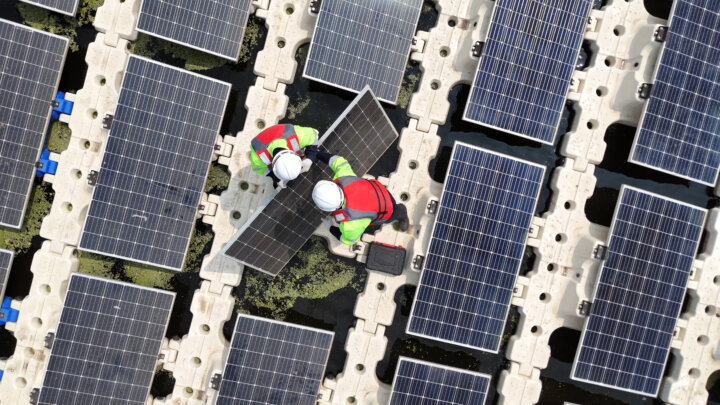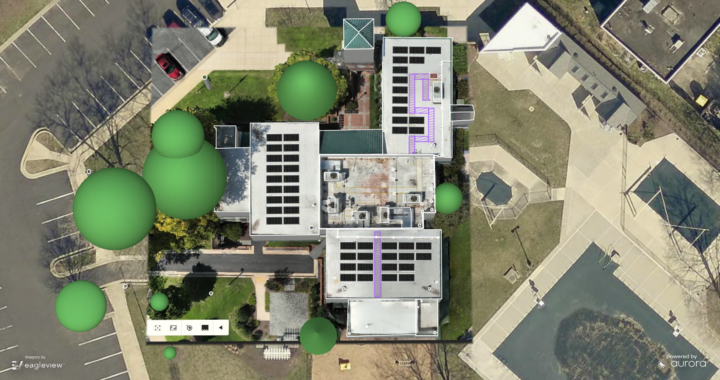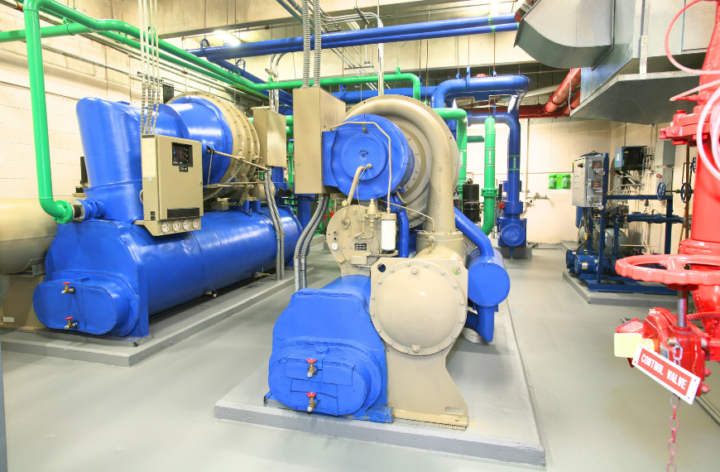If you are contemplating the addition of renewable energy to your property, it is important to approach the installation of a ground mount PV system with careful consideration. In today’s global landscape, numerous Fortune 500 companies are actively turning to renewable energy sources. Companies recognize the need to combat climate change and reduce greenhouse gas emissions, particularly within the commercial and industrial sectors.
While opting for solar power is a commendable decision, it is essential to ensure it is properly installed and functioning. Failure to do so may undermine the efforts to address climate change effectively. Therefore, it is crucial to construct durable systems. PV systems should be capable of delivering the intended performance, as specified during the design phase.
To assist you in this process, we present five key considerations when collaborating with your developer or EPC partner for ground mount systems:
- Compliance with NEC Fencing Requirements: All commercial and industrial ground mount systems must adhere to the fencing requirements specified in the National Electrical Code (NEC) [Reference: NEC Section 690.46].
- Not all states adopt the most up to date National Electric Code. It is important to understand the year your state has adopted and when it plans to update. This will play a major factor in the building of your system. It is best practice for your EPC to build your system according to the latest practices developed by the NEC if they pertain to safety precautions such as the installation of rapid shut down devices.
- Involvement of Multiple Parties: Ground mount systems involve multiple stakeholders compared to rooftop installations. For the successful implementation of a ground mount system, it is necessary to engage a land surveyor to accurately identify property lines, easements, and land topography. Furthermore, a geotechnical engineer should perform soil borings to confirm soil density. This information is crucial for coordinating with the racking manufacturer and the relevant authority having jurisdiction (AHJ)
- Flexible System Elevation: Ground mount systems offer flexibility in terms of system elevation. Clients often express concerns about the impact on their landscape maintenance. However, it is possible to install ground mount systems several feet above the ground. The lowest point permitted is at a height of up to 5 feet. This allows for the maintenance of grass and vegetation
- Wire Management Options: Effective wire management is an important consideration for ground mount systems. You can choose between above-ground or underground approaches based on your specific requirements and preferences.
By taking these factors into account and referencing the relevant sections of the NEC, you can ensure a successful and compliant installation of your ground mount PV system.








